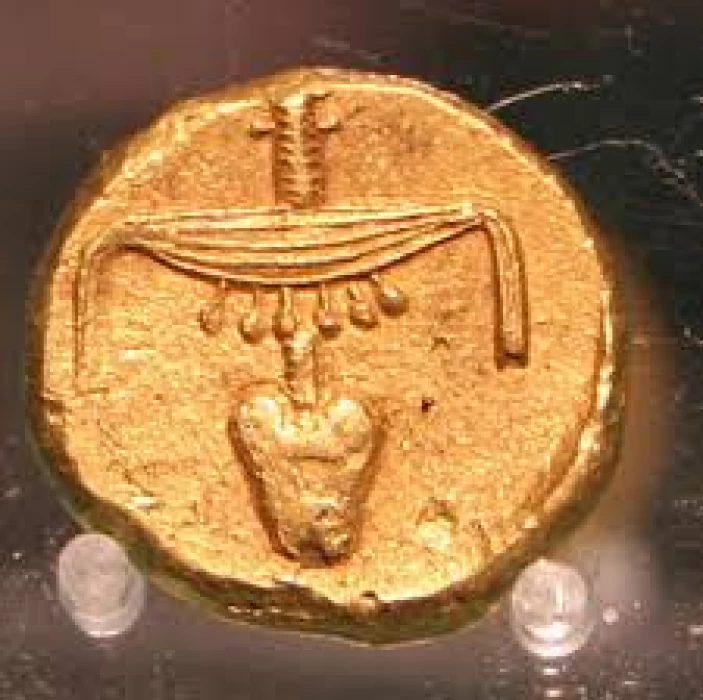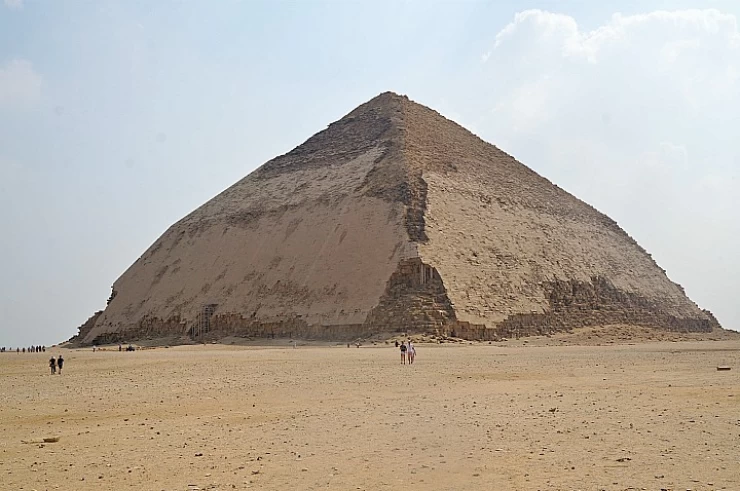
The 28th Dynasty in Ancient Egypt
Egyptian History
There were thirty-three dynasties and about three hundred pharaohs who ruled over Ancient Egypt, while it is hard to pinpoint the precise number because of periods of intense political unrest.
The 28th claim is perhaps, the most strange of them all, if we may say so. There is only one emperor whose name has come down to us, and this is Amyrtaeus. Psamtik V, the last official Egyptian dynast, was the last ruling monarch of native Egypt. So the system of their state was breakdown by internal and external strains such the competition of several cross sections of the Egyptians and the interference of foreign authorities.
Before the emergence of the 28th dynasty, Egypt was occupied by the Persians during the 27th dynasty. On the other hand, Egyptians were made to feel a strong sense of belonging due to this foreign occupation. It is therefore in this climate of revolution that the 28th dynasty emerged.
Amyrtaeus is the only monarch whose name has reached us. He is known for the fact that he fought military campaigns against the Persians which gave Egypt a brief respite from foreign domination. However, his time is ambiguous in most details as there were no remains of ancient edifices or other excavations even in the early part of his time. The 28th Dynasty was short lived as it lasted for only a few years on record.
This period however, tend to record abrupt end due to rapid degenerative trends. Competition among foreign interests and their machinations however antagonized stability rather than helped it achieve the level of stability envisioned by the dynasty.
The 28th dynasty, though short, was very significant to the chronicles of Egypt. It showcases the tenacity of the Egyptian nation in face of challenges, as well as their unwillingness to be subdued. It also highlights the great turning point in the long term history of relations between Egypt and foreign powers.
In conclusion the 28th dynasty remains a riddle for Egyptologists due to lack of sources. However, its existence testifies to the complexity and dynamics of Egyptian history. Despite its brevity, this dynasty has left an indelible mark on the Egyptian national identity.















